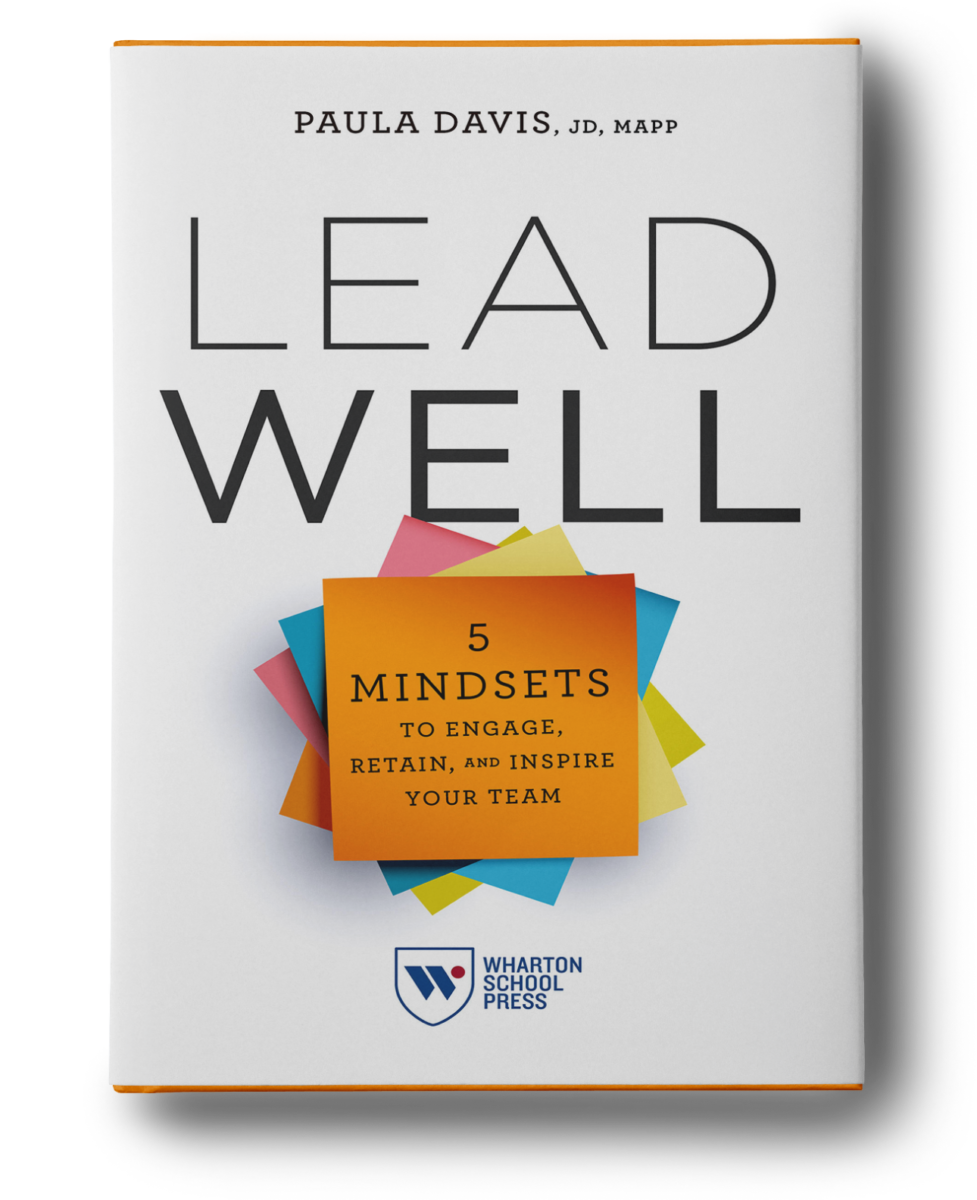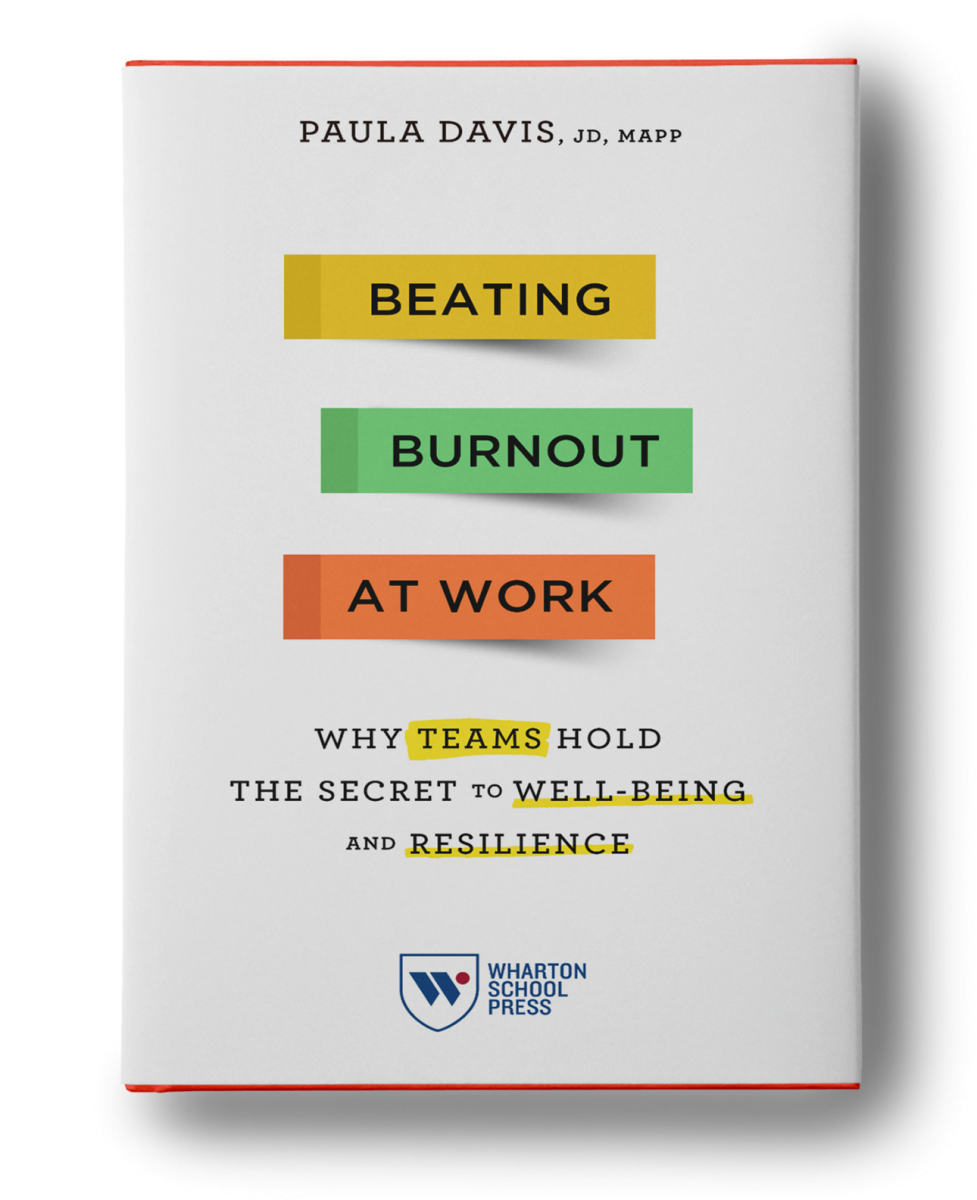I stopped practicing law on June 24, 2009, and since that time, I’ve been astounded at how the legal profession has changed. The Great Recession was certainly a catalyst, but here we are, nine years later, and I can say for certain that change is here to stay. As such, lawyers will need to develop new leadership literacies if they want to be successful as the practice of law continues to evolve.
Specifically, “lawyers of the future” will need to develop key skills in order to transition to a new way of leading focused on how firms and organizations are governed, innovation, economics like rates and fee structures, service delivery, people management, business development, marketing and sales, and how data about all of these things is collected. According to talent development strategist Terri Mottershead, “pivotal to all these changes, particularly if they are to be sustained, is acting strategically, investing in the business, employing the right people and proactively managing change.” If you think that sounds like a tall order, it is. That is why these six leadership literacies are required:
1. Champion change, innovation, diversity & inclusion. An era of change, innovation and disruption requires leaders to be curious and question existing rules that aren’t working. Many firms are appointing Innovation Officers to monitor trends and implement new processes or products within the firm and for clients. In addition, companies like Diversity Lab are holding hackathons, events meant to generate creative thinking about a topic. One recent Diversity Lab hackathon team proposed an idea that is now being tested in more than 30 law firms. It’s called the Mansfield Rule, named after the NFL’s Rooney Rule, and its goal is to increase diversity on leadership teams. The Mansfield Rule specifies that for hiring in certain law firm power positions, the candidate pool must include at least 30% women and/or minorities.
2. Engage in people management. The biggest lesson I learned from watching my parents grow a company they started from scratch is this: when you prioritize people ahead of money, you make more money. Law firms don’t make tangible products that can be sold – their best asset is their people, and people are at the core of what firms can achieve. Specifically, “knowing how to identify, predict, nurture and deploy the right people to the right job so they are engaged, motivated and productive is what differentiates leadership and new law workplaces.”
3. Prioritize well-being. Over the past two years, issues surrounding the health and well-being of attorneys have come into much sharper focus, as growing empirical and anecdotal evidence of lawyer distress and dysfunction have collided with a heightened willingness to do something about the problems. Lawyer well-being is about creating an overall healthy and positive quality of life that involves responsible choices for oneself and one’s clients. Importantly, well-being is not defined solely by the absence of illness; it includes a positive state of wellness. This topic has gained traction in law firm and in-house legal departments thanks in part to the publication of a groundbreaking 2017 report by the National Task Force on Lawyer Well-Being (and some states, as a result, now approve continuing legal education credit for these topics). Most recently, the American Bar Association’s House of Delegates adopted a resolution urging legal employers to increase efforts to address well-being related topics.
4. Collaborate. As legal work becomes more specialized and more complex, teams of multidisciplinary experts are going to be tasked to solve client challenges; however, this presents a challenge for lawyers who are often part of specific practice groups, which can make collaborating across groups expensive for clients. However, research reveals that clients served by two practice groups generate multiple times more revenue than those clients served by a single practice, and this growth continues when more practice groups are involved. In order for teams to be effective, team members need to assess goals, know each others’ strengths and working styles, provide ongoing feedback to each other and manage conflict.
5. Demonstrate and encourage resilience. Resilience is a person’s capacity for stress-related growth and consists of skills and strategies that can be learned, practiced and improved. Change and stress travel together, and some innovative legal service products, processes and systems are going to fail. Law firm leaders and lawyers need to be able to work within and be comfortable with this type of environment, and leaders, in particular, need to inspire others.
6. Promote design thinking. Design thinking is a problem solving process that helps you generate options, test strategies, and get feedback so you can innovate (it’s the method most often used to facilitate the creation of new products or processes). It’s also a great methodology to help you trouble shoot general life challenges as well. Design thinking not only helps you innovate, but it also builds your resilience by helping to develop your capacity to generate multiple pathways and solutions and get unstuck quickly.
How do you want your practice to look in the next 10 years? How do you want your law firm or legal department to evolve to stay competitive in a changing legal landscape? These new lawyer and leadership literacies can serve as a starting point for thinking about what skills, strategies and resources you need to develop today.
Want to know more? Download my free “Is It Stress or Is It Burnout” strategy guide here. You can also learn about our speaking and training programs here.







